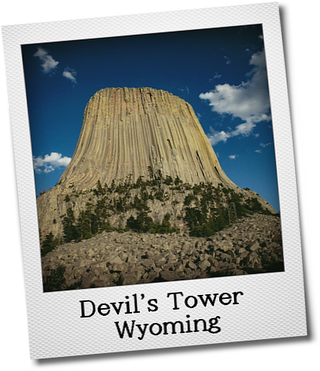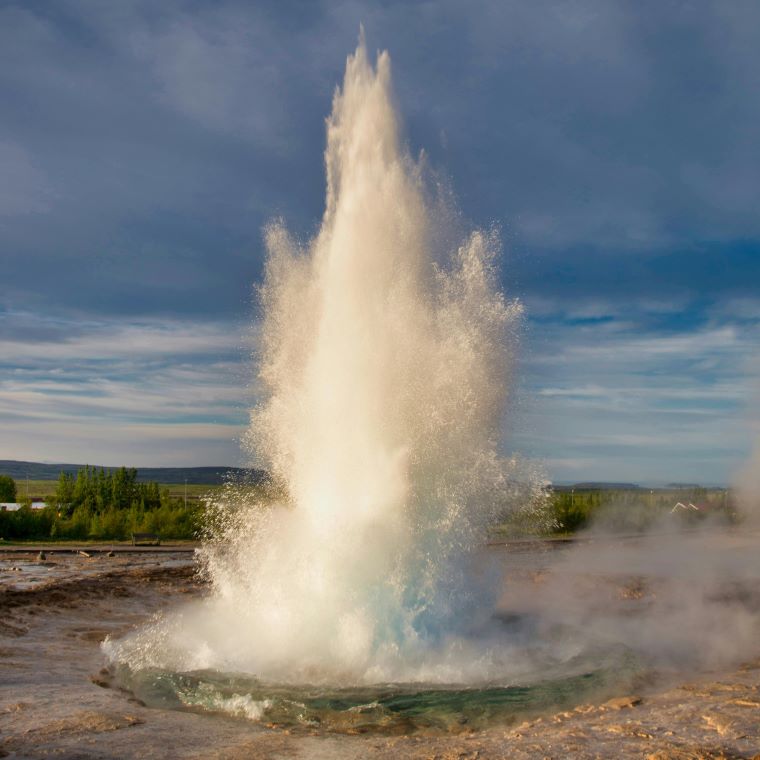What is a laccoliths? A laccoliths is nature’s geological equivalent of a perfectly risen soufflé. Imagine a soufflé baking in the oven, where a delicate mixture puffs up and forms a domed shape as it cooks. Laccoliths form in a similar manner: magma forces its way between rock layers, causing the overlying strata to bulge and dome upwards. This underground “baking” process creates a striking, mushroom-like formation that can be as visually impressive as a golden, airy soufflé. Explore the full step-by-step process for these geological marvels, where the slow, subterranean rise of magma leads to the creation of these impressive and unique landforms, in the “recipe” below. Get ready to uncover the geological artistry of laccoliths and see how nature’s own magma soufflé takes shape!
Laccoliths
Temperature
500-900°C
900-1600°F
Pressure
310,000kPa
Size
100s of meters
Time
Months-10s years

Directions
Step 1
Place layers of rock, a rock column on top of Earth’s Crust and inject a magma chamber near the surface of the crust
Step 2
Heat the magma chamber just enough to allow some magma to rise through the crust but not enough to allow it to erupt
Step 3
Repeat step 2 several times, creating a blockage of cool magma at the top of the chamber, building up pressure below
Step 4
Now, increase the heat so that the high pressure magma begins to push on the rock column from below, forcing them bend and drape around the magma
Step 5
Cool the layer top of magma forming a sheet of rock, a sill
Step 6
Flow the next layer of magma up over the sill and allow it to form a new sill on top of the last one, and raise overlying rocks even further
-it looks like drawing a simple Christmas tree from the bottom to the top
Step 7
Stack a series of sills on top of each other, pushing the overlying rock column more each time, forming a dome, a laccolith on the surface
Materials
- Earth’s crust
- layered rock column
- high silica magma chamber (very thick)
Tools
- Heat from Earth’s interior















